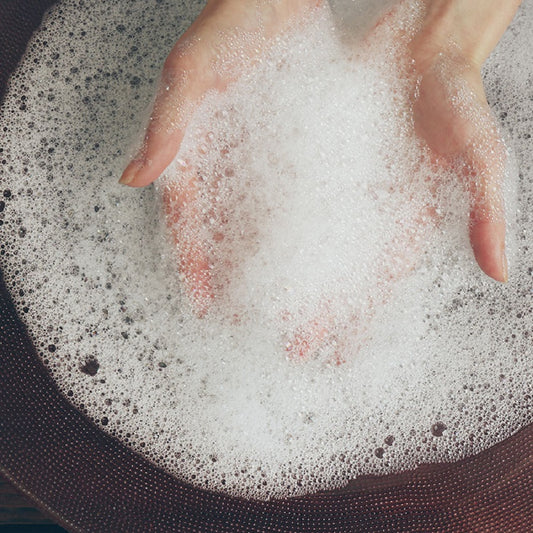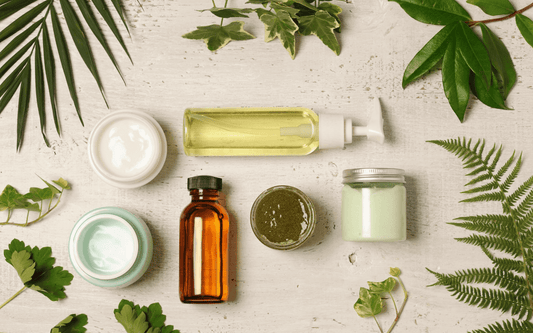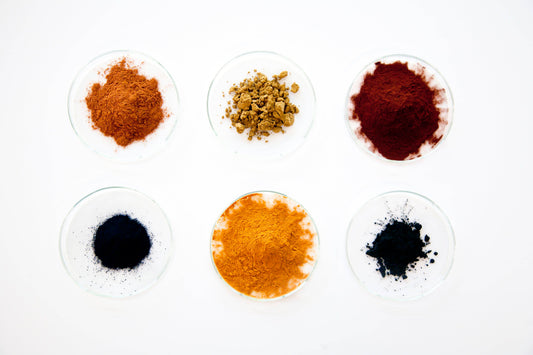
Working With Percentages
Juliette van der MeerIf you're a regular reader of our blogs, you may have noticed that for the last while we've switched from using measurements in recipes to using percentages. The reason for this is that percentages are a universal unit, and you can convert them into whatever unit of measure you feel most comfortable with. They're also way more accurate.
We've had a couple of people ask how to work with percentages so we thought we'd create a blog article dedicated to just this! Don't be scared of percentages - they're actually rather lovely to work with, and are an elegant solution to converting to different types of measurements.
What exactly is a percentage?
'Percent' means 'of one hundred' or one part of a 100.
To help you understand more, here are some percentages in fractions, decimals formats and parts:
50% is:
- 50/100
- half
- ½, etc.
- It would be 1 part X to 1 part Y.
33.33% is:
- 33.33/100
- a third
- ⅓, etc.
- It would be 1 part X to 2 parts Y.
10% is:
- 10/100
- a tenth
- 1/10, etc.
- It would be 1 part X to 9 parts Y.
A formula in percentages must always add up to 100%, because 100% is 100/100 which is the full amount.
Converting Percentages to Grams
We like to think of 100% = 100g because keeping the 100s the same is easy and using a scale that measures in grams is extremely useful. It's a 1-for-1 conversion. In the same way, 50% = 50g, 0.5% = 0.5g and so on.
Here is an example in formula format:
Heated water phase
- 70% | 70 water
- 2% | 2 vegetable glycerine
Heated oil phase
- 15% | 15 oil of choice
- 5% | 5 solid oil/butter of choice
- 2% | 2 cetyl alcohol
- 5% | 5 Eco E wax
Cool down phase
- 1% | 1 Geogard 221
Do you see how removing the % makes the numbers on the right look more friendly? Now you can basically replace that % with a unit of measurement such as grams, and voila! You have your measured amount. This will always yield a 100g batch of course, but that's quite a nice batch size anyway so most of the time it's easier to not even bother scaling to a different amount - but we'll learn how to do that further down this page.
Converting Percentages to Millilitres
If you prefer to work in mils instead of grams you can think of 100% = 100ml and work it from there.
- 50% = 50ml
- 34% = 34ml etc.
Convert the % directly into mils.
NB: There is one rule, and that is keeping your chosen unit of measurement uniform throughout the formula. So do not mix up different units of measurement in a formula. Don't use grams and mils together, keep to one or the other.




















4 comments
Hi Ida, yes there are courses online (Formula Botanica), or you can youtube and google for more explanations.
Dear julliette.Thanks for the explanation. is there an easier way to follow a course,
Thanks a lot for the wonderful explanation on percentage
YAY !!! thanks so much for making this accessible to your " JO SOAPS " out here , so appreciated